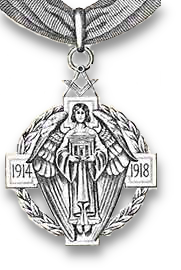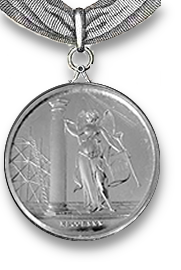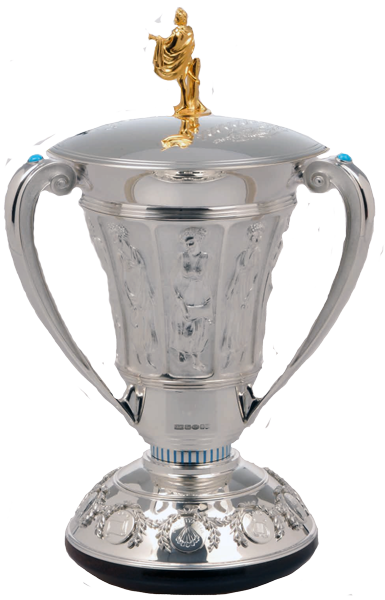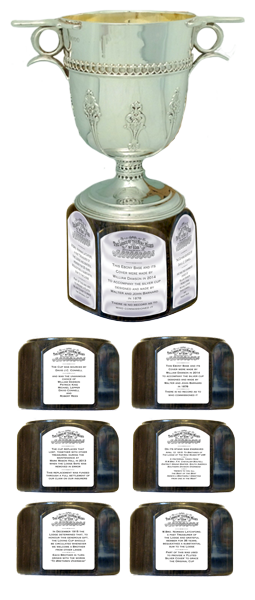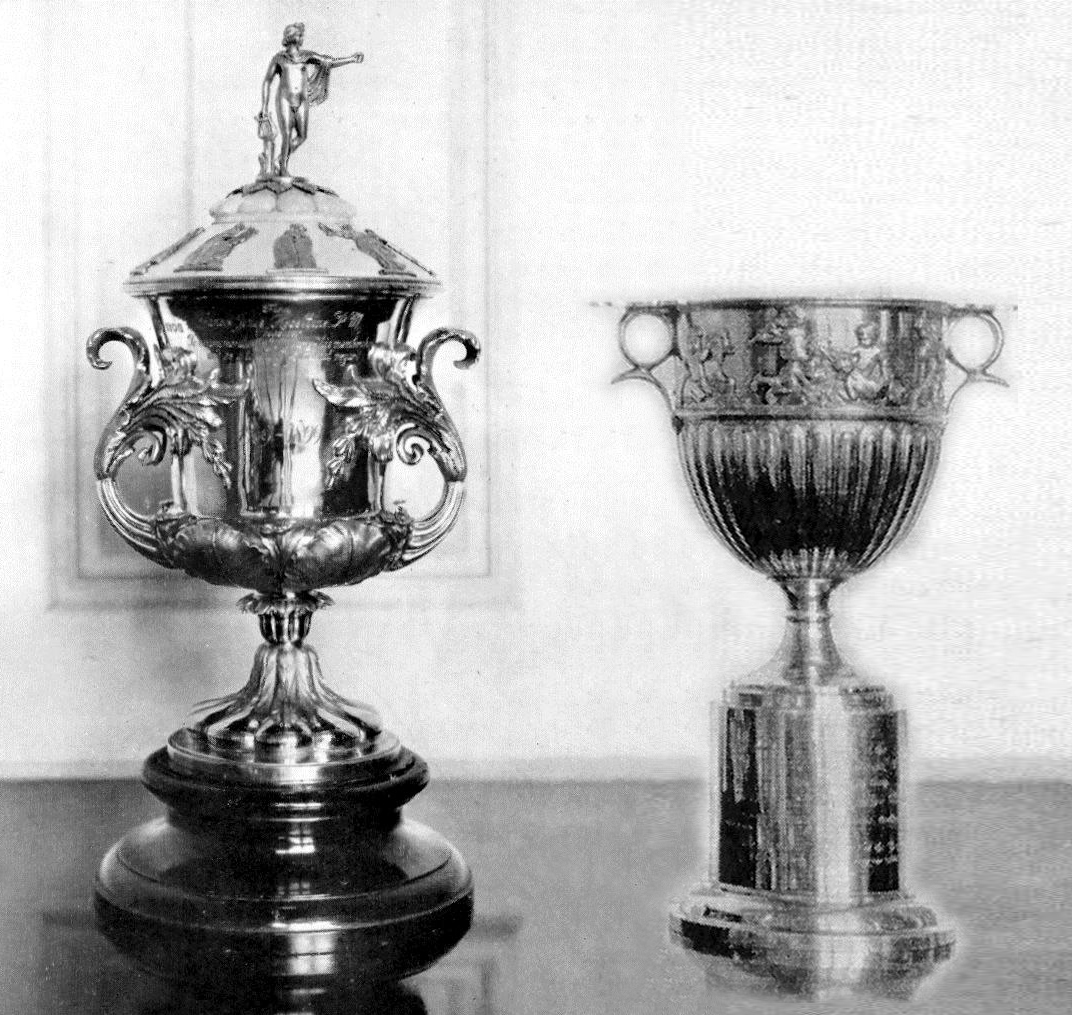This is an extract from the Landlocked Traveller.
Published on March 11th 2020
by Karl Quinney - Copywriter
After years of historical and archaeological detective work, nine lost statues of the 'Muses' - goddesses of the creative arts and poetry - have been recreated at the National Trust's world-famous gardens at Stowe in Buckinghamshire.
The landscape garden at Stowe is one of the most remarkable legacies of Georgian England. Created by aristocrat and politician Viscount Cobham in the grounds of his family home from 1717, the garden was created to symbolise Viscount Cobham's power and political and social beliefs. It pioneered the latest fashion in gardening and became one of the country's first tourist attractions.
The Nine Muses are the Goddesses of creative arts and poetic inspiration:
- Calliope the Muse of epic poetry
- Clio the Muse of History
- Euterpe the Muse of Lyric Poetry
- Thalia the Muse of Comedy and idyllic poetry
- Melpomene the Muse of Tragedy
- Terpsichore the Muse of choral dance and song
- Erato the Muse of love and erotic poetry and mime
- Polyhymnia the Muse of sublime hymn
- Ourania the Muse of astronomy
For around 100 years the 18th-century lead Muse statues attributed to sculptor John van Nost the Elder-who worked on statues, monuments and other decorative elements for a number of well-known sites in the late 17th and early 18th century - were an important element of the Georgian landscape gardens. But many were sold off to pay crippling family debts in the 19 and early 20 -centuries, with some believed to have been
melted down or bought for other statuary collections.
Now, using three statues -one of the original Muses, along with two statues from a wider surviving group- the National Trust has painstakingly re-created the figures in composite stone and returned them to their last-known position in the heart of the garden.
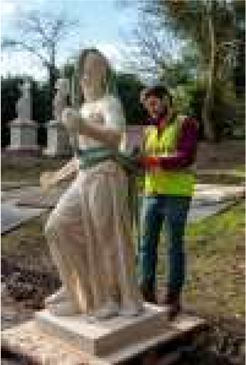
The work is part of an ambitious five-year programme, involving experts from across many disciplines, to reinstate many of the lost temples and monuments that once dressed the gardens like pieces of a theatre set.
The Landscape Programme began in 2015. Among its 54 tasks are conserving buildings and landscape elements, re-introducing statuary and other lost features, restoring historic planting and lake maintenance. It has involved experts from across many disciplines including curators, building surveyors, archaeologists, parks and garden staff, fundraising and philanthropy teams, volunteers and sculpture specialists at Cliveden Conservation Workshop, led by the late Trevor Proudfoot.
Archival research and archaeological investigations show that, like many other statues at Stowe, Apollo and the Muses were moved around the garden, but their final location was around the Doric Arch within the 'Elysian Fields'. This part of the garden was a lesson in morality and virtue, designed to honour those who the family held in high esteem - among them, the Ancient Greeks.
To recreate the Muses, experts from Cliveden Conservation Workshop took a mould from Calliope (the Muse of heroic poetry), the only original Muse statue still at Stowe, which now tops the garden's Grenville column. A further two moulds were made of Painting and Sculpture, which were part of a wider group of statues that once stood on the Parterre at Stowe but are now at Anglesey.: Abbey, in Cambridgeshire which is also cared for by the National Trust. These were bought at auction by then owner Lord Fairhaven in 1922 and now stand on the Emperor's Walk.
Sculptors then used these as base moulds, paring back and manipulating each statue's arms, head, hair, body orientation and drapery to achieve individual positions and features. Guided by Trust research into classical and 18 th-century statues, archives and drawings, they also crafted 'attributes' (symbolic items such as globes and tambourines) to denote each Muse's identity.
Archaeological investigations and historic garden plans were then used to arrange the statues as they were, at the edge of a circular glade on either side of the Doric Arch.
Phase two will be to find a suitable statue to copy in order to restore a lyric Apollo -an Apollo holding a lyre -to the group. As the God and patron of poetry, music and the arts, Apollo lived on Mount Parnassus accompanied by his nine Muses.

